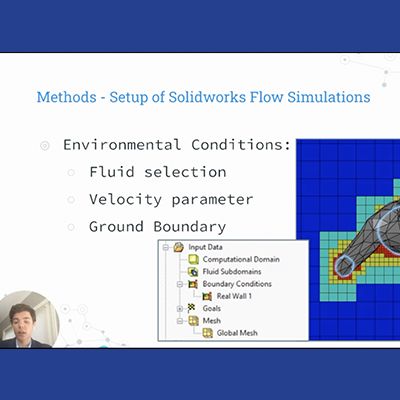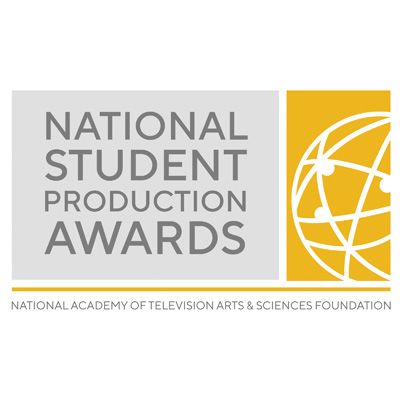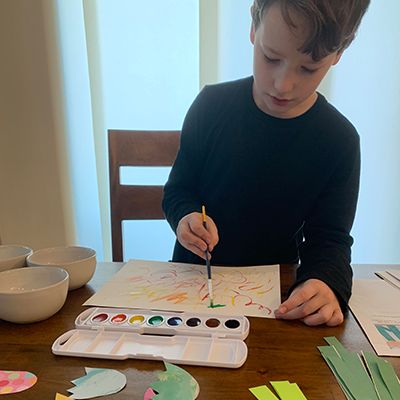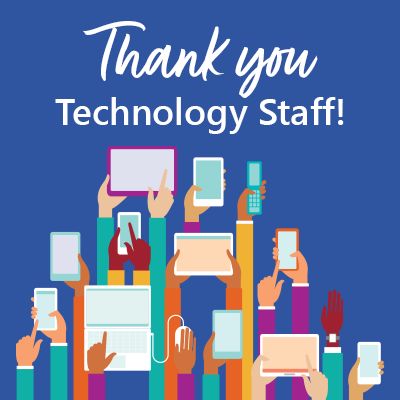
Every school year, middle school and high school students with a passion for science and a love of learning compete in the Twin Cities Regional Science Fair (TCRSF). Students present their science projects in front of TCRSF judges who evaluate the students' scientific thought, creative ability, understanding and much more. This past February, Minnetonka Research students showcased their projects virtually in front of judges at TCRSF 2021 with a total of 30 qualifying for the state-level fair.
Due to COVID-19, this year's fair was held in a virtual format. Students first recorded ten minute-long videos describing their projects and posted them to YouTube where judges could view them. On judging night, students met with TCRSF judges to further explain their projects and answer any questions the judges had based on the video.
Kim Hoehne, Director of Minnetonka Research, believes that despite the new event format, it was still a great opportunity for students to showcase their scientific knowledge. "Being able to provide judges the opportunity to see a presentation created by the students, followed up by live, virtual judging sessions where the students and judges could still interact and have a conversation made the experience a valuable one for our students," she said.
The ingenuity and creativity displayed in the students' projects each year, and especially this year, is something that astounds Hoehne. "It is amazing to see what questions and interests our students have, and then see them creatively design a project that will help them learn more about that area and start answering some of those questions," she said.
These include projects like Austin Hunter's. Hunter is a senior at MHS who is studying the impact of drafting, a drag-reducing technique used in sports such as running, on cross country skiing. Hunter, a cross country skier himself, chose the project for both the scientific exploration and his love of the sport. "Since I am interested in fluid dynamics and going into aerospace engineering, I thought a computational fluid dynamics project might give me more opportunity to...develop a more thorough understanding of some of the complex mathematical concepts behind fluid dynamics," he says. "I chose to look at cross country skiing because it is something I am passionate about and enjoy."
Hunter's project was very complex and included multiple moving parts. "The primary steps of my project included: finding a skier model which I could use in the Solidworks Flow Simulation software, designating the different formations I would be comparing, establishing the fluid characteristics and environmental conditions I would be using to replicate the competitive skiing environment, running the actual experiment to collect data on the different formations, and finally, analyzing the data to communicate my findings," he explained.
With much knowledge about his project, Hunter was excited to present his findings at the fair. The ten minute video he was supposed to record ended up lasting 20. But with some editing and succinct explaining, he managed to get it right to ten. Reflecting on his work over the past few months, Hunter felt satisfied with the progress he has made and with the final product. "I was really happy with how the different pieces I prepared turned out, particularly in the way they were able to articulate and display my results."
Hunter was the only student from Minnetonka Research to qualify for ISEF, the International Science and Engineering Fair. Fellow Minnetonka Research senior Kareem Eldahshoury was named an ISEF alternate. Two other MHS students received ISEF nods for independent research projects: Minnetonka junior Q. Xander Hughes qualified for ISEF, and Minnetonka sophomore Vaughn Hughes was named an ISEF alternate.
In addition to being named an ISEF and Minnesota State Science Fair qualifier, Hunter was awarded three more awards: the DuPont Water Solutions Sponsor Award, the Mu Alpha Theta Award and the US Metric Association Award. However, Hunter said the greatest prize he received was not any of these. "I think I am most proud of my learning and new understanding of computational fluid dynamics which I have developed over the year, combined with the growth I have had as a science communicator," he says.
Another Minnetonka Research student, Anna Geldert, focused her project on determining whether if mycoremediation, a process which uses fungi to remove contaminants, would be a good method in treating heavy metal mine pollution. She drew inspiration for her project from an issue that is important to her: the threat of mining in the boundary waters. "I decided on this topic after I learned more about a heavy metal mine called Twin Metals, which has been proposed in northern Minnesota. This mine poses a huge threat to Minnesota ecosystems, including the Boundary Waters, which is an area of special importance to me," said Geldert. "I wanted to look into ways of treating this pollution in a natural and sustainable way, and fungus was the perfect option because they already have extensive metal absorption abilities."
At the fair, Geldert was awarded the 3M Personal Safety Award and the Stockholm Junior Water Prize, in addition to qualifying for the Minnesota State Science Fair.
For her, the incredible amount of progress she made leading up to the fair was a testament to her achievements. "I think for a lot of Research students, when we're so focused on all the current challenges we're facing with our project, it can be really easy to forget about all the progress we've made," she said. But Geldert is not stopping there. "I know the award doesn't really mean anything unless I follow through with my plans for my project, so it encouraged me to continue pushing myself and my research forward." Geldert also feels a sense of pride knowing the potential positive environmental impacts it has. "It's cool to know that I'm learning about and actively working toward a solution that is so relevant to sustainability in our world today."
For Minnetonka Research teachers like Hoehne, seeing students like Hunter and Geldert showcase their scientific knowledge and months of hard work on a big stage like TCRSF is something special. "Participating in this fair is one of the highlights for me during the year, not just because of the recognition, but really the growth we see in our students leading up to the fair, and then again after the fair as they take the feedback and enthusiasm into the next phase of their project," she said.
Even more so during the past year of COVID-19, Hoehne is amazed by the creativity and resilience her students display. "Given some of the limitations we have had around in-person school this year, our students have been able to design projects that creatively help them answer their questions."
Congratulations to all of our students recognized, and good luck to those competing at the Minnesota State Science Fair March 26-28!
To view the full list of TCRSF award winners, click here.




